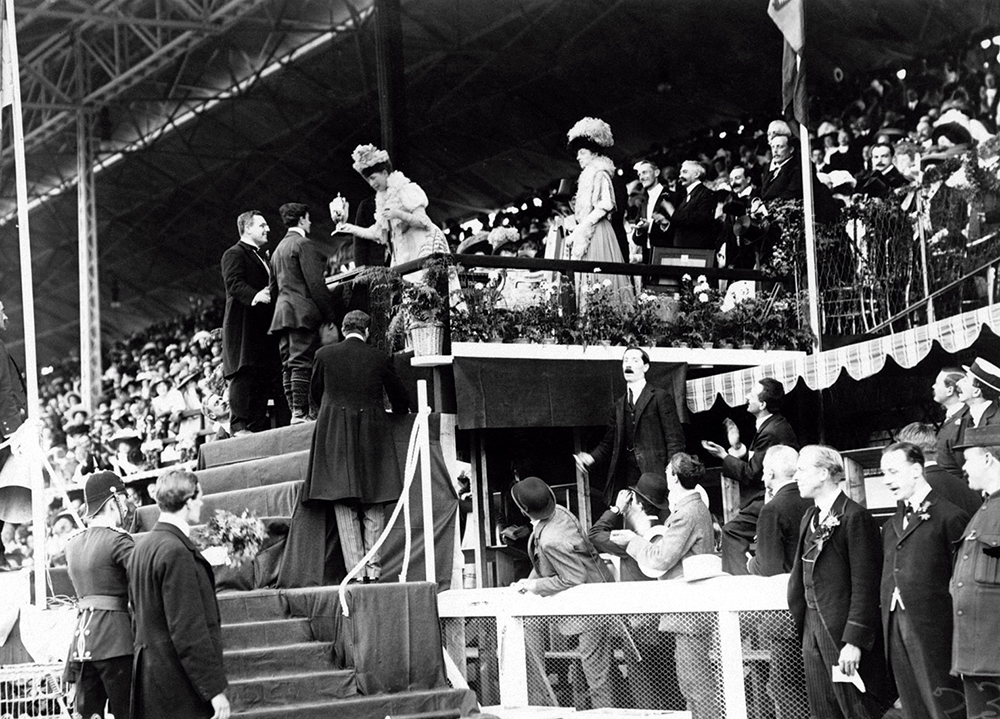
- Greece, a. C. 490. In the battle of Marathon, the Greeks defeated the Persians. Herodotus, Plutarco and Luciano were informed of the victory and, in their version, the legend says that Filipides ran from Marathon to Athens to inform him of the news and that he died after completing his mission. That is the basis of the modern marathon and many believe that the 42,175 kilometers of the test are the distance that separates them from Marathon and Athens. But between the two points there are over 200 kilometers.

At the first modern Olympic Games (Athens 1896) a 40-kilometer race was organised. Four years later, in the Paris Games, the same measure was chosen, although not very precise: the Maratonians who reached the goal traveled 40,260 kilometers.
At the 1908 London Games, it was intended to prepare a journey of about 40 kilometers between Windsor and London, taking advantage of the fact that the royal family lived in Windsor. Starting from the career from the royal palace, those who lived there would not have the need to leave the house to see comfortably the beginning of the test. And so, the marathon began under the windows of kings. Access to the royal palco of the White City Stadium was at a distance of 42,175 metres. But what are two more kilometers in such a long race?
Well, in these games, the increased distance influenced the outcome. The Italian Dorando Pietri (Lewis-Belisol) took the head of the race at kilometer 39 and launched with ease 40.ean. But when he got to the stadium, he made an effort and fell several times. Those around him, including the writer Arthur Conan Doyle, helped him get up periodically and, despite being the first to reach the goal, they disqualified him because of that help.
In Stockholm (1908) 40,200 kilometres were covered and the following tests, in Antwerp, disputed the longest Olympic marathon in history: 42,750 kilometres. Finally, in 1921 they decided to definitively set the distance. For the race that required the athletes the greatest effort, the distance that required the real family the least effort was chosen: 42,175 kilometers.